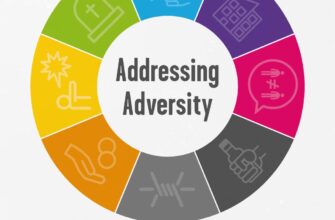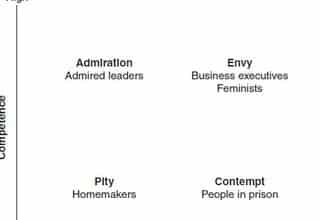The following is from guest writer, Ed Russo.
Working from home sounds like a great idea. Who wouldn’t like to roll out of bed at 8:55 and be “at work” by 8:56? No more time consuming showers. No expensive wardrobe. Just a coffee pot, bathrobe, and a laptop with some wifi seems to be enough. Dollar shave club? No thank you.
We have all heard the benefits of these types of work agreements. Going GREEN – no sitting in traffic burning fossil fuels and ruining the ozone layer. Increased productivity – no coworkers popping in with lengthy stories or new priorities. Improved interpersonal relations – no fighting over premium parking or office space.
However, telecommuting requires a specific skill set. Not everyone has the discipline and personality to work not only independently but removed from the workforce. And, not all bosses support the work-from-home arrangement. Yahoo! CEO Marissa Mayer famously eliminated all telecommuting agreements requiring employees to come to work. In her view, face-to-face communication and collaboration is essential to Yahoo!’s success. Should we understand this to mean that innovation is born out of social interaction and water cooler conversations?
One former nine-to-fiver has abandoned the traditional workforce altogether. Glenn Villeneuve left the continental U.S. to live solitarily in Chandalar, Alaska – 65 miles north of the Arctic Circle. As witnessed on National Geographic’s Life Below Zero, Glenn’s survival depends on working every day to find food, clothing, shelter, and other life essentials in extreme isolation and harsh temperatures. Weather; wild animals; and the absence of electricity, running, water, and gas-powered vehicles provide daily challenges.
Glenn’s individualized strategic plan requires strict adherence and daily measureable outcomes. Failure to meet one essential need could be fatal. His job is to survive. As stated on his show’s site:
Glenn values the autonomy that his wilderness lifestyle affords, the competence it demands, and the connection he experiences with the natural world that surrounds him. While Glenn enjoys people, isolation comes with the territory; as he can often go longer than four months without seeing another human.
Although telecommuting workers may not face these types of challenges (and are not quite so isolated), we can see from Glenn that independent work is not permission to goof off. Is your workforce equipped for Life Below Zero? Do your employees have the competence necessary to survive in isolation? If you choose to allow your employees to work from home and are confident they can work independently and with self-supervision, you need to provide specific guidelines regarding the positions that qualify, how performance will be measured, and the amount of time (if any) needed to be physically in the office.
It has never been easier to telecommute. Technology allows the workforce to be spread out all over the globe. Wifi, VPN, conference calls, video conferencing, texting, instant messaging, google docs, dropbox, and other virtual shared workspaces eliminate the need to be under the same roof. As a leader, be mindful of your remote employees and make sure they feel included in your corporate culture and identity. It is your job to ensure work-from-home staff are not disconnected, disengaged, shunned, invisible, or ignored. No one should feel like they are working the Arctic…unless they actually are.
________
Ed Russo is the Program Manager for the National Center for Missing and Exploited Children where he works with educators, law enforcement, community leaders, and government officials to implement child safety resources into schools and communities across the country. Through presentations and trainings, Ed provides participants with information about how safety resources can help prevent the victimization of children.
Ed can be contacted through Twitter and LinkedIn.








